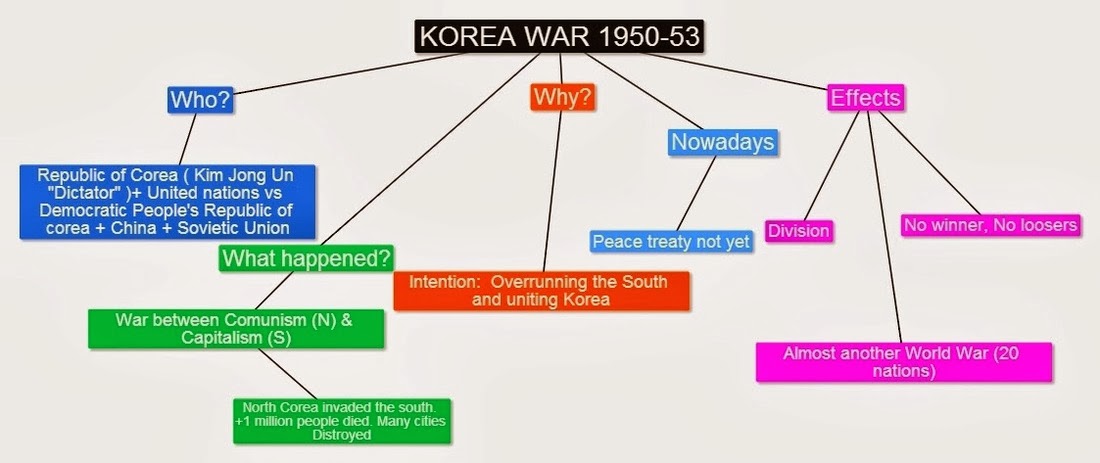GREENPEACE
Greenpeace
is a non-governmental
environmental organization with offices in over forty
countries and with an international coordinating body in Amsterdam,
the Netherlands.
The objective of the
environmental NGO is to protect and defend the environment, speaking
in different parts of the world where there are committed terrorist
attacks against Nature. Greenpeace runs campaigns to stop climate
change, protect biodiversity, for the non-use of GMOs, reduce
pollution, end the use of nuclear energy and weapons. Besides
protecting forests and natural landscapes.
The environmental
movement was born in 1971 when a group of American anti-nuclear
activists
formed
a small organization called Do not Make a Wave Committee (the
Committee a Tsunami not provoke) to prevent the United States carried
out a second nuclear test on Amchitka Archipelago (Alaska).
Although there were many people involved in one way or
another in the various initial stages, the key people from the outset
were Dorothy and Irving Stowe, Marie and Jim Bohlen, Ben and Dorothy
Metcalfe, and Bob Hunter. The first board is formed by Stowe, Bohlen
and future Olympic medalist yachtsman Paul Côté.
Greenpeace is present
in five continents, but with little presence in Africa, limited to
working with social organizations and local communities affected by
pollution from toxic waste, over-fishing, illegal logging and climate
change.
Do
you know that what you are wearing at the moment has been
made by
really toxic materials? How does it affect to the enviroment? In
fact, Greenpeace has started to contribuit to stop the production
of clothing with these materials in 2014: British
luxury brand Burberry
made a commitment to eliminate the use of hazardous chemicals from
its supply chain by 1 January 2020.
Burberry's move comes after just two weeks of people-powered
campaigning on the brand's social media channels, reaching an
audience of millions, while Greenpeace volunteers held protests at
stores from Beijing to Mexico City. Burberry joins 18 big brands like
Zara, Valentino and H&M who have committed to Detox their clothes
and manufacturing processes.
AMAZONE
The
Amazon is a vast and majestic rainforest teeming with an estimated
quarter of all known land species. The jaguar, the pink river
dolphin, the sloth, the world's largest flower, a monkey the size of
a toothbrush and a spider the size of a baseball are just a few of
the species that we know about - there are many more yet to be
discovered.
It is also home to over 20
million people including hundreds of indigenous peoples, some of
which have never been contacted by the ‘outside world’.
And finally, the Amazon stores 80
to 120 billion tonnes of carbon, helping to stabilise the planet's
climate.
However,
we are destroying it with deforestation...
POLAR
OCEANS
The Arctic and the
Antarctic, two of the greatest wilderness areas on Earth with
ecosystems vital to the functioning of our planet, are under assault
from the impacts of rapidly accelerating climate change,
industrialization, and the unchecked consumption of our planet's
resources.
The
poles are indicators of the planet's health and provide early warning
that we are compromising the Earth´s ability to sustain life as we
know it. It is already too late to avoid profound negative
changes at the poles, but we can limit the damage by establishing
boundaries that stop the commercial fishing fleets and the oil and
gas industries from plundering and polluting these already damaged
ecosystems.
Greenpeace
exists because this fragile earth deserves a voice. It needs
solutions. It needs change. It needs action.


